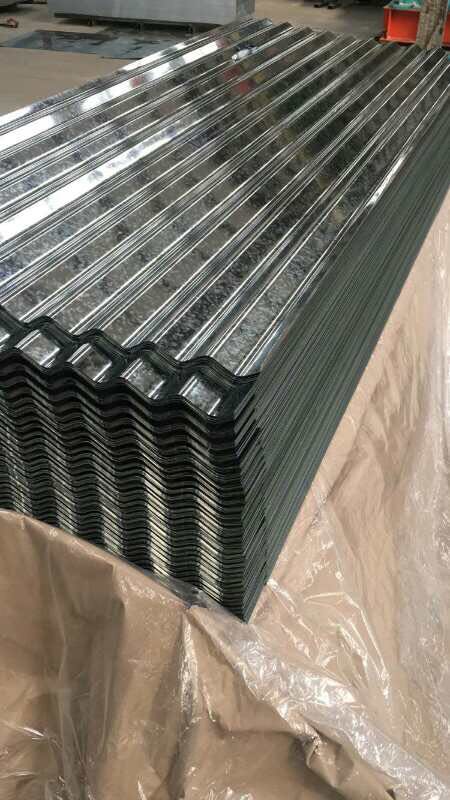Corrugated galvanised iron or steel (colloquially corrugated iron (near universal), wriggly tin (taken from UK military slang), pailing (in Caribbean English), corrugated sheet metal (in North America) and occasionally abbreviated CGI) is a building material composed of sheets of hot-dip galvanised mild steel, cold-rolled to produce a linear corrugated pattern in them. Although it is still popularly called “iron” in the UK, the material used is actually steel (which is iron alloyed with carbon for strength, commonly 0.3% carbon), and only the surviving vintage sheets may actually be made up of 100% iron. The corrugations increase the bending strength of the sheet in the direction perpendicular to the corrugations, but not parallel to them, because the steel must be stretched to bend perpendicular to the corrugations. Normally each sheet is manufactured longer in its strong direction.
CGI is lightweight and easily transported. It was and still is widely used especially in rural and military buildings such as sheds and water tanks. Its unique properties were used in the development of countries like Australia from the 1840s, and it is still helping developing countries today.

The corrugations are described in terms of pitch (the distance between two crests) and depth (the height from the top of a crest to the bottom of a trough). It is important for the pitch and depth to be quite uniform, in order for the sheets to be easily stackable for transport, and to overlap neatly when joining two sheets. Pitches have ranged from 25 mm (1 inch) to 125 mm (5 inches). It was once common for CGI used for vertical walls to have a shorter pitch and depth than roofing CGI. This shorter pitched material was sometimes called “rippled” instead of “corrugated”. However nowadays, nearly all CGI produced has the same pitch of 3 inches (76 mm).
